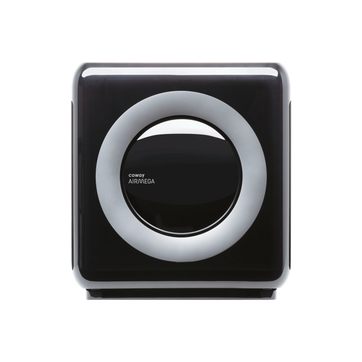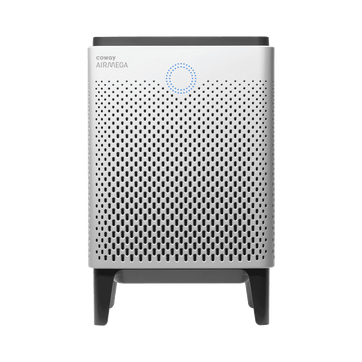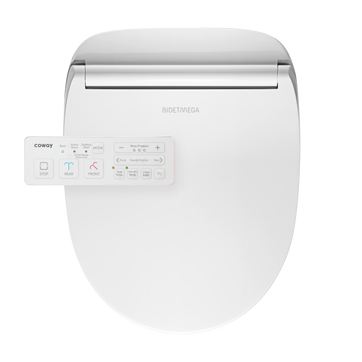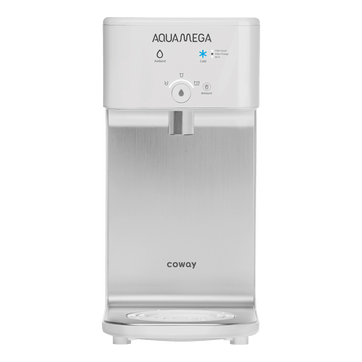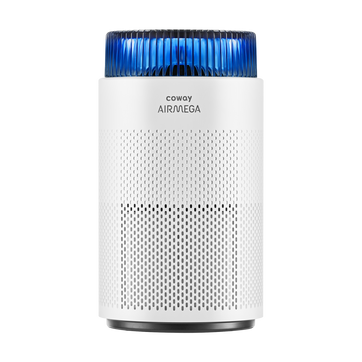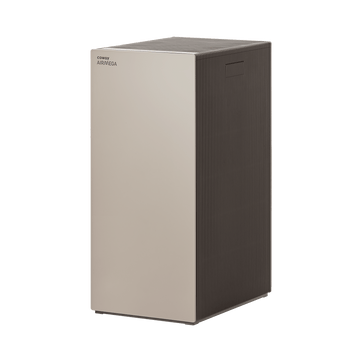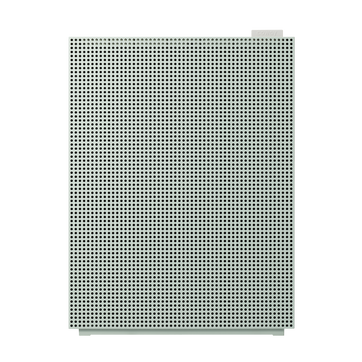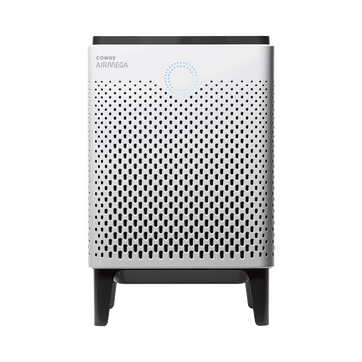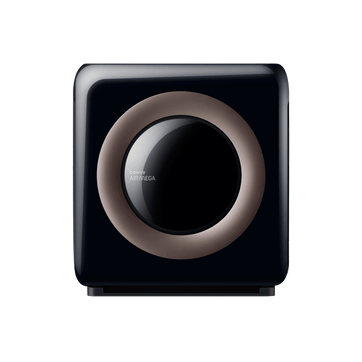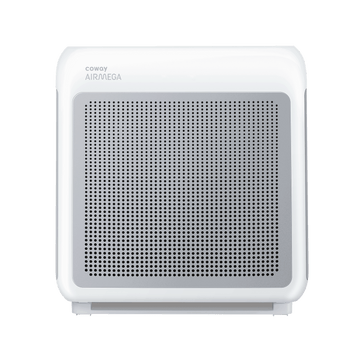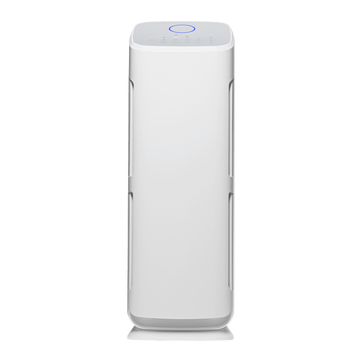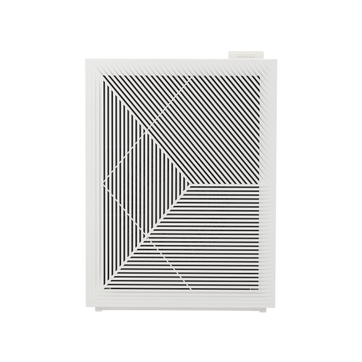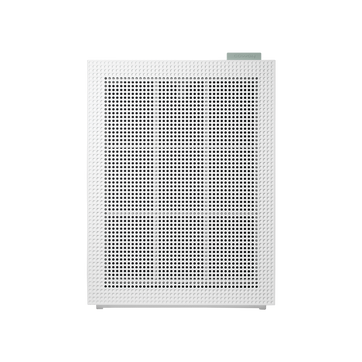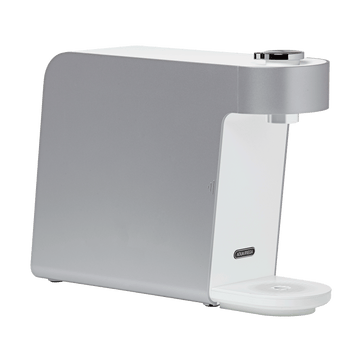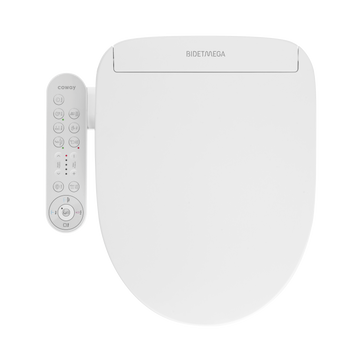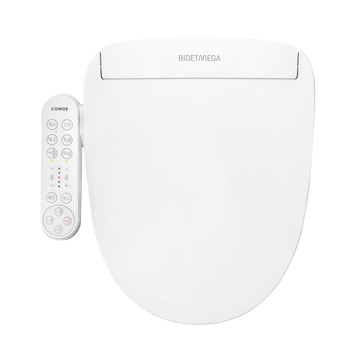
Study finds microplastics in bottled water
People tend to think of bottled water as untainted. For instance, when we travel, especially to countries with developing infrastructure, we’re given advice to drink bottled water. However, as scientists recently uncovered, consumers may need to update their pristine image of bottled water.
In late 2017, Orb, a non-profit online magazine dedicated to investigative journalism, initiated a study of microplastics in bottled water. The organization enlisted scientists at the State University of New York at Fredonia to conduct the research, and then published the findings.
The lab scientists tested 259 individual bottles of water, from 11 different, well-known brands, available in nine different countries across five continents. To test the bottled waters, they introduced Nile red dye into each bottle. Once the dye was in the bottle, they held it under a specific wavelength of light to make any plastic particles appear fluorescent. One scientist described the bits of plastics as “lighting up like stars in the night sky” during the experiment.
In the end, the study found 93 percent of the bottled water tested showed signs of microplastics. Some of the bottles contained hundreds of microplastics; others contained thousands. Very few had none. On average, each bottle contained approximately 10 particles/bottle. The size of these particles was equal to the width of a human hair or larger. Additionally, scientists found an average of 314 tiny particles/bottle that were invisible to the naked eye; these were likely microplastics, too.
The most common culprit was polypropylene, the plastic used in bottle caps. One working theory suggests bits of plastic are released into the water when someone opens a bottle.
Researcher and professor, Sherri Mason, concluded, “We found plastic in bottle after bottle, brand after brand. It’s not about pointing fingers at particular brands; it’s really showing that this is everywhere, that plastic has become such a pervasive material in our society, and it’s pervading water – all of these products that we consume at a very basic level.”
Thus far, microplastics have largely been the concern of environmental researchers, and it’s still an emerging area of study. Regarding human health, the impact of microplastics is even lesser known. The Coway Aquamega 100 water purification system eliminates plastic water waste and is designed to filter up to 99.% of plastic particles from your water.
Disclaimers
1Coway air purifiers have been proven to trap dust, pollen, dander, viruses and bacteria in the air based on KCL (Korea Conformity Laboratories) testing.They have been tested in a 30㎥ size chamber according to the Korea Air Cleaning Association standard (SPS-KACA 002-132:2022 Modified) to measure the 0.01㎛ size of particle removal rate. It was tested on maximum airflow speed in normal room temperature and humidity conditions. The performance may vary in the actual living environment of customers.
→ Tested with Airmega Aim, 100, 150, 160, AP-1216L, AP-1512HH, AP-1512HHS, 200M, Icon, IconS, 230, 240, 250, 250 Art, 250S, 300, 300S, 400, 400S, ProX
299.97% of viruses, bacteria, fungi and pollen were verified to be removed from the air for Coway air purifiers which have Green True HEPA™ filter applied based on the Japan Food Research Laboratories(JFRL) testing according to JEM 1467 standard.
→ Tested with Coway Airmega AP-1512HH, AP-1512HHS, 250, 250 Art, 250S, 300, 300S, 400, 400S
→ All tested by JFRL and received above result within below time.
All tested by JFRL and received above result within below time.
- Virus: Tested with Escherichia coli phage ΦX174 NBRC 103405, 60 minutes
- Bacteria: Tested with Staphylococcus epidermidis NBRC 12993, 60 minutes
- Fungi/Mold: Tested with Penicillium citrinum NBRC 6352, 60 minutes
- Pollen: Tested with Cedar Pollen extract, 60 minutes
3Aerosol test conducted in a Biosafety level 3 laboratory with two Coway air purifier models, Coway Airmega 250 and 400 for removal of SARS-CoV-2 Aerosol by US based MRI Global, a not-for-profit laboratory and partner of US Department of Defense. The test was conducted in a 13.1ft3 chamber. Virus was aerosolized for 15 minutes and the product was turned on high for 2 minutes. Result showed each product effectively removed over 99.98% of the SARS-CoV-2 in 2 minutes. This is a result from a laboratory experiment condition and result may vary in different conditions. This result does not imply it kills SARS-CoV-2 or prevents the transmission of Covid-19. Coway Airmega 250S and 400S are identical to the tested models and has equal performance with an additional mobile connectivity function.
4The concentration of ammonia, acetaldehyde and acetic acid were proven to be removed within 30 minutes by FCG Research Institute, Inc. Human Life Science Lab. It is not a demonstration result in the actual use space. Not all odors and gases may be supported. → Tested with Coway Airmega 150, 160, AP-1512HH, AP-1512HHS, 400, 400S
5The coverage area of the air purifier is based on an area where the air cleaner can make two air changes per hour (ACPH). An air change per hour translates to how many times an air purifier can clean an area, assuming the height of a ceiling to be 8 ft, in one hour. Therefore ** means two air changes per hour means that the cleaner can clean the area once every 30 minutes and * means air changes per hour means that the air purifier can clean the area once every 60 minutes.
10Terms and conditions apply. Discounts, including promotions, coupons, bundle discount and subscription discount, cannot be stacked on top of other coupons. During promotional periods, discount codes will not be able to be applied to orders. Promo codes may apply to products only—filters, accessories, and new products within 3 months of the release date are not included.
